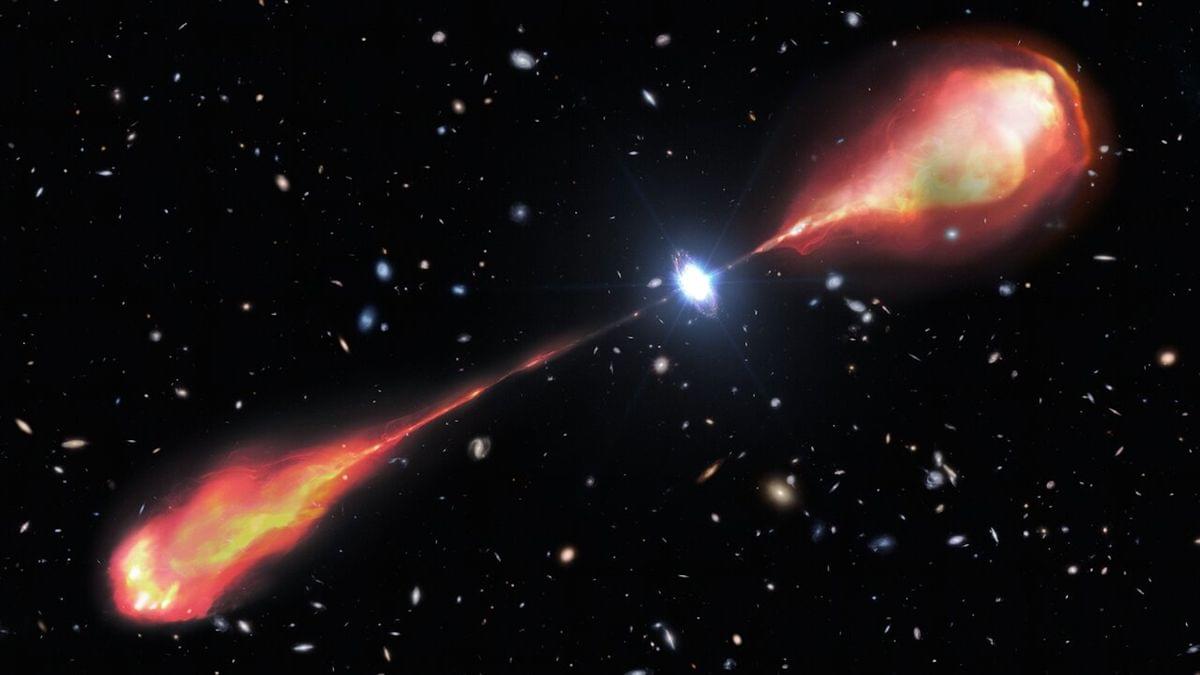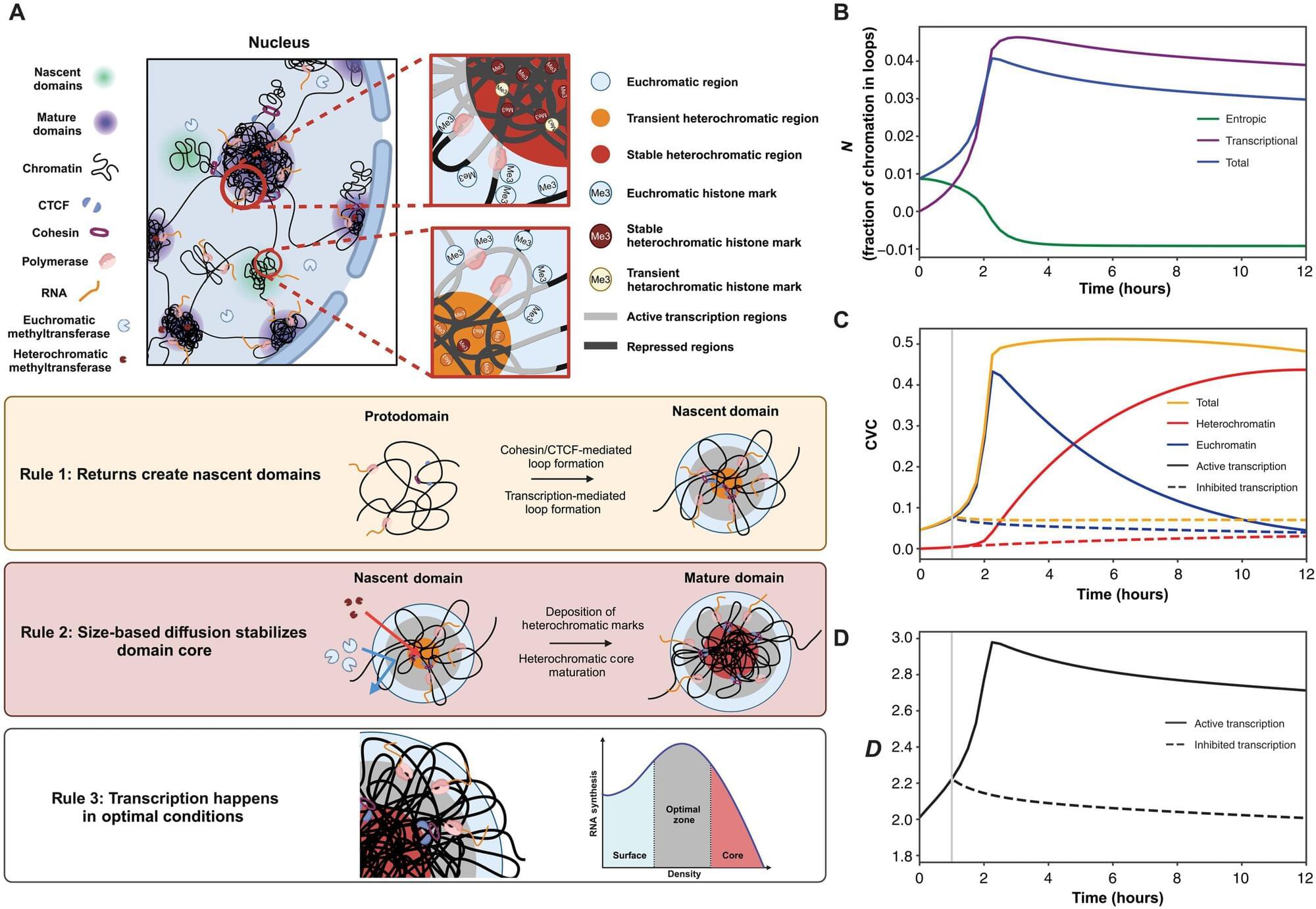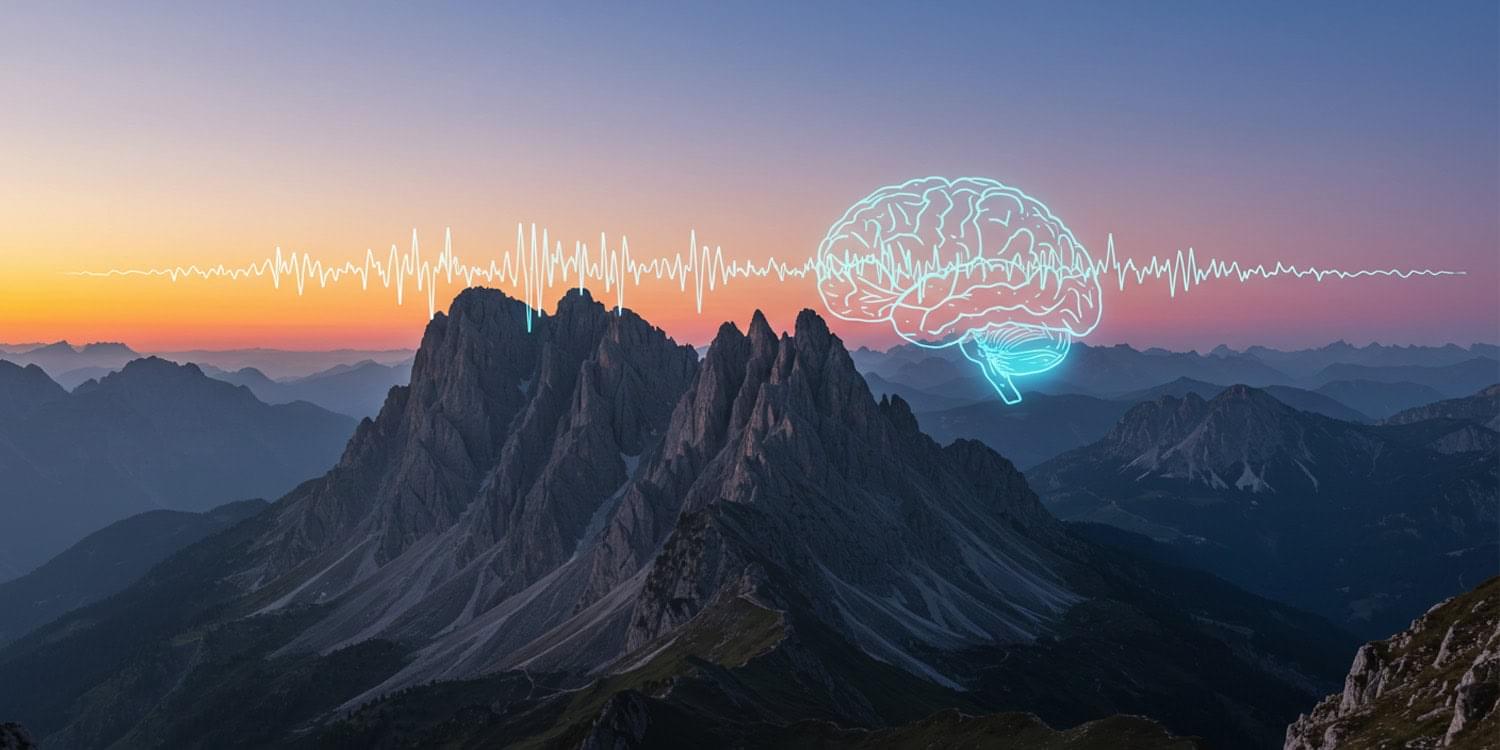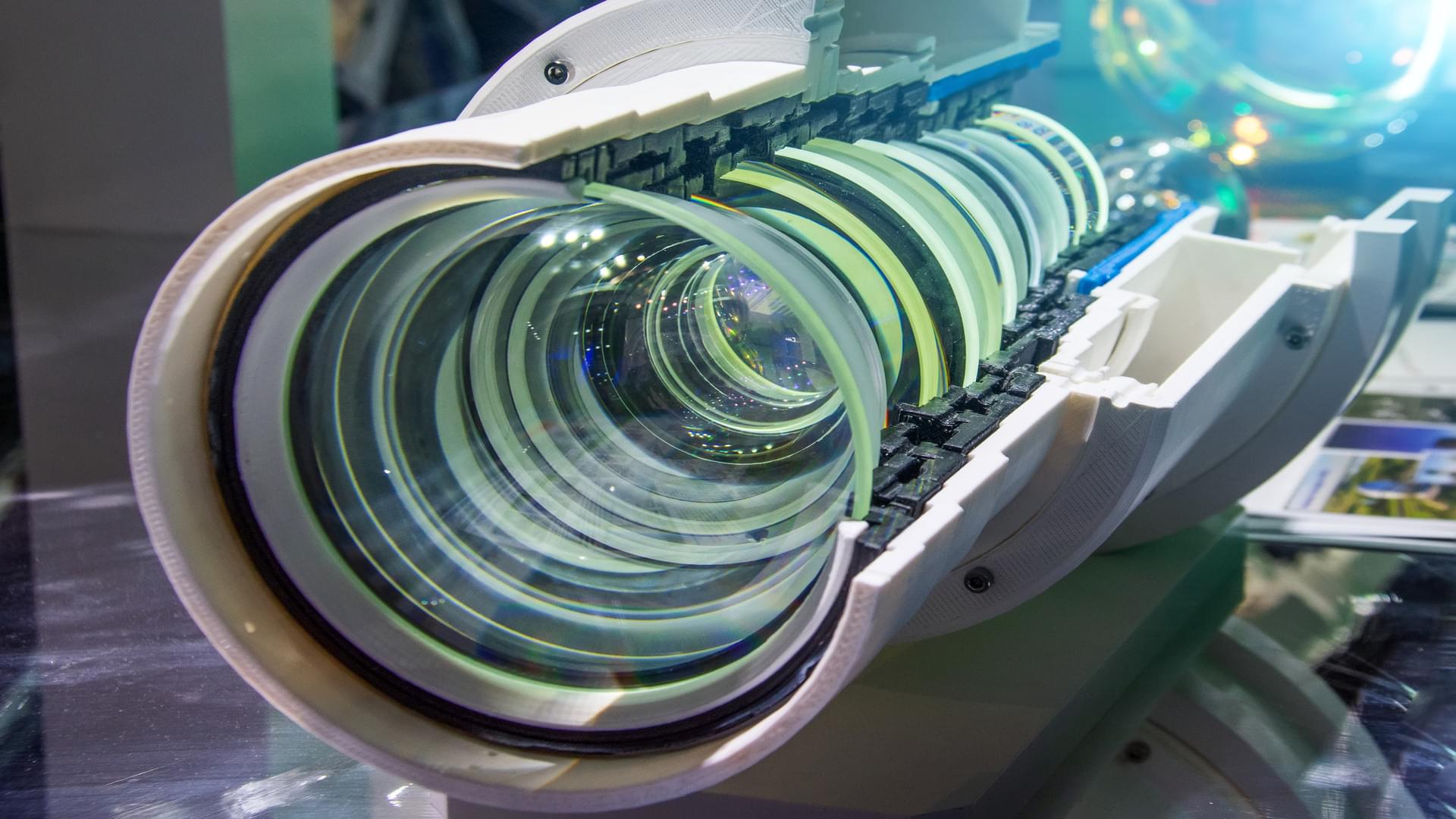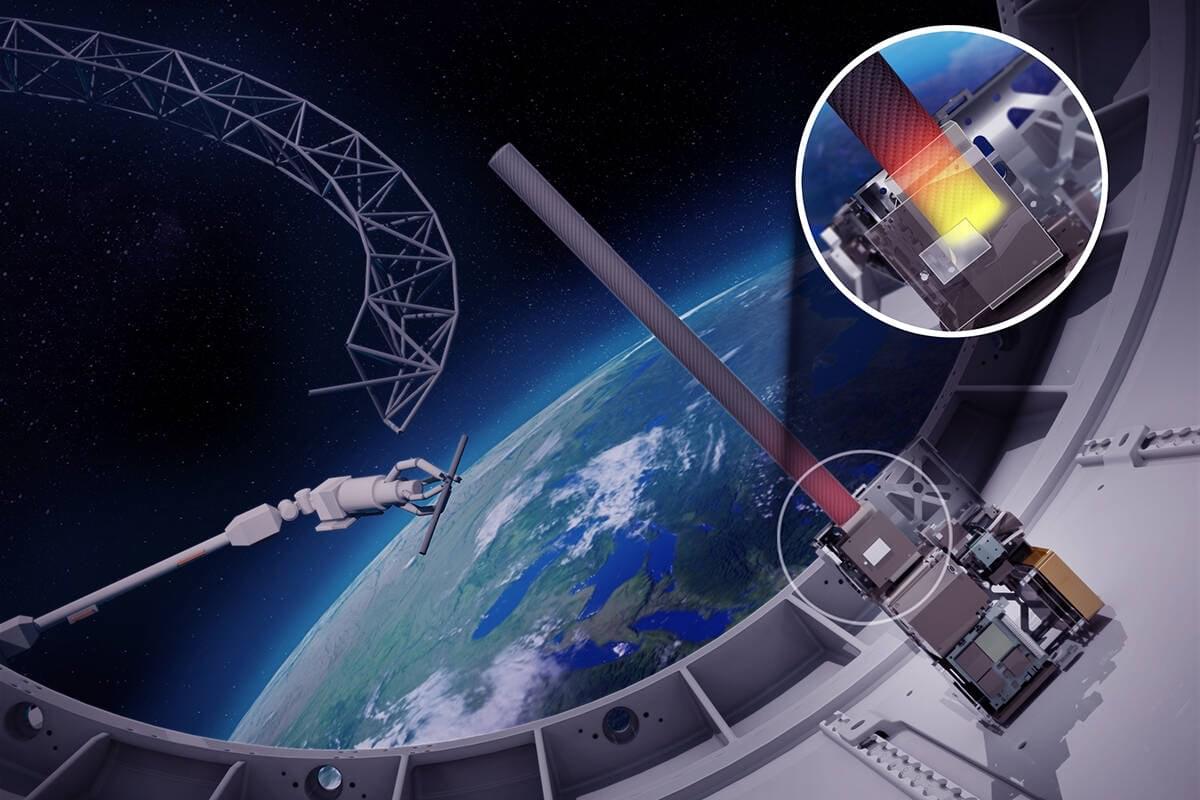If you think I live in the twilight zone your right.
As a computational functionalist, I think the mind is a system that exists in this universe and operates according to the laws of physics. Which means that, in principle, there shouldn’t be any reason why the information and dispositions that make up a mind can’t be recorded and copied into another substrate someday, such as a digital environment.
To be clear, I think this is unlikely to happen anytime soon. I’m not in the technological singularity camp that sees us all getting uploaded into the cloud in a decade or two, the infamous “rapture of the nerds”. We need to understand the brain far better than we currently do, and that seems several decades to centuries away. Of course, if it is possible to do it anytime soon, it won’t be accomplished by anyone who’s already decided it’s impossible, so I enthusiastically cheer efforts in this area, as long as it’s real science.
There have always been a number of objections to the idea of uploading. Many people just reflexively assume it’s categorically impossible. Certainly we don’t have the technology today, but short of assuming the mind is at least partially non-physical, it’s hard to see what the ultimate obstacle might be. Even with that assumption, who can say that a copied mind wouldn’t have those non-physical properties? David Chalmers, a property dualist, sees those non-physical properties as corresponding with the right functionality, so for him AI consciousness and mind copying remain a possibility.

